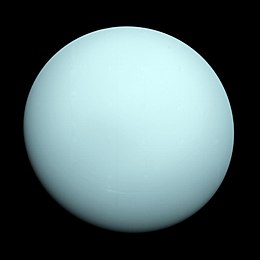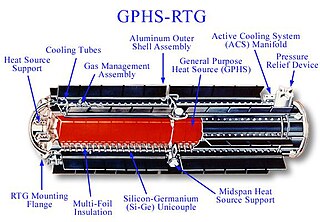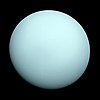
A planet is an astronomical body orbiting a star or stellar remnant that is massive enough to be rounded by its own gravity, is not massive enough to cause thermonuclear fusion, and has cleared its neighbouring region of planetesimals.

Nozomi was a planned and launched Mars-orbiting aeronomy probe. It did not reach Mars orbit due to electrical failures. The mission was terminated on December 31, 2003.

NASA's Discovery Program is a series of lower-cost, highly focused American scientific space missions that are exploring the Solar System. It was founded in 1992 to implement then-NASA Administrator Daniel S. Goldin's vision of "faster, better, cheaper" planetary missions. Discovery missions differ from traditional NASA missions where targets and objectives are pre-specified. Instead, these cost-capped missions are proposed and led by a scientist called the Principal Investigator (PI). Proposing teams may include people from industry, small businesses, government laboratories, and universities. Proposals are selected through a competitive peer review process. All of the completed Discovery missions are accomplishing ground-breaking science and adding significantly to the body of knowledge about the Solar System.

Neptune Orbiter was a proposed NASA unmanned planetary spacecraft to explore the planet Neptune. It was envisioned that it would be launched sometime around 2016 and take 8 to 12 years to reach the planet; however, NASA's website no longer lists any possible launch date. The Neptune Orbiter concept would have answered many questions about the nature of the planet.

Terraforming of Mars is a hypothetical process of planetary engineering by which the surface and climate of Mars would be deliberately changed to make large areas of the environment hospitable to humans, thus making the colonization of Mars safer and sustainable.

The exploration of Jupiter has been conducted via close observations by automated spacecraft. It began with the arrival of Pioneer 10 into the Jovian system in 1973, and, as of 2016, has continued with eight further spacecraft missions. All of these missions were undertaken by the National Aeronautics and Space Administration (NASA), and all but two have been flybys that take detailed observations without the probe landing or entering orbit. These probes make Jupiter the most visited of the Solar System's outer planets as all missions to the outer Solar System have used Jupiter flybys to reduce fuel requirements and travel time. On 5 July 2016, spacecraft Juno arrived and entered the planet's orbit—the second craft ever to do so. Sending a craft to Jupiter entails many technical difficulties, especially due to the probes' large fuel requirements and the effects of the planet's harsh radiation environment.

The exploration of Uranus has, to date, been solely through telescopes and NASA's Voyager 2 spacecraft, which made its closest approach to Uranus on January 24, 1986. Voyager 2 discovered 10 moons, studied the planet's cold atmosphere, and examined its ring system, discovering two new rings. It also imaged Uranus' five large moons, revealing that their surfaces are covered with impact craters and canyons.

The exploration of Neptune has only begun with one spacecraft, Voyager 2 in 1989. Currently there are no approved future missions to visit the Neptunian system. NASA, ESA and also independent academic groups have proposed future scientific missions to visit Neptune. Some mission plans are still active, while others have been abandoned or put on hold.

The advanced Stirling radioisotope generator (ASRG) was a radioisotope power system first developed at NASA's Glenn Research Center. It uses a Stirling power conversion technology to convert radioactive-decay heat into electricity for use on spacecraft. The energy conversion process used by an ASRG is about four times more efficient than in previous radioisotope systems to produce a similar amount of power, and allows it to use about one quarter of the plutonium-238 as other similar generators.

NASA's Large Strategic Science Missions, formerly known as Flagship missions or Flagship-class missions, are the costliest and most capable NASA science spacecraft. Flagship missions exist within all four divisions of NASA's Science Mission Directorate: the astrophysics, Earth science, heliophysics and planetary science divisions.

Energetic neutral atom (ENA) imaging, often described as "seeing with atoms", is a technology used to create global images of otherwise invisible phenomena in the magnetospheres of planets and throughout the heliosphere, even to its outer boundary. This constitutes the far-flung edge of the solar system.

The Planetary Science Decadal Survey is a publication of the United States National Research Council produced for NASA and other United States Government Agencies such as the National Science Foundation. The document identifies key questions facing planetary science and outlines recommendations for space and ground-based exploration ten years into the future. Missions to gather data to answer these big questions are described and prioritized, where appropriate.

A Uranus orbiter and probe is a mission concept for study of the planet Uranus. It was first recommended to NASA in 2011 by its Planetary Science Decadal Survey 2013–2022.

Uranus Pathfinder was a mission concept for the Uranian system evaluated in the 2010s by the ESA. Scientists from the Mullard Space Science Laboratory in the United Kingdom proposed the joint NASA–ESA Uranus Pathfinder mission to Uranus. It would be a medium-class (M-class) mission to be launched in 2022, and was submitted to the ESA in December 2010 with the signatures of 120 scientists from around the globe. The ESA caps the cost of M-class missions at €470 million. Uranus Pathfinder was proposed in support of ESA’s Cosmic 2015 Vision 2015-2025. The mission study including a number of possible combinations of launch dates, trajectories, and flybys, including flybys of Earth, Venus, and of the planet Saturn. Indeed the study noted the velocity change requrioments are only marginally higher than for typical missions to Saturn of this period.
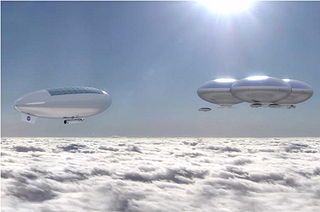
High Altitude Venus Operational Concept (HAVOC) is a set of crewed NASA mission concepts to the planet Venus. It contemplates the entirety of the human portions of the missions to be conducted from lighter than air craft or from orbit and de-emphasizes traditional landings.
MUSE is a European proposal for a dedicated mission to the planet Uranus to study its atmosphere, interior, moons, rings, and magnetosphere. It is proposed to be launched with an Ariane 6 in 2026, travel for 16.5 years to reach Uranus in 2044, and would operate until 2050.
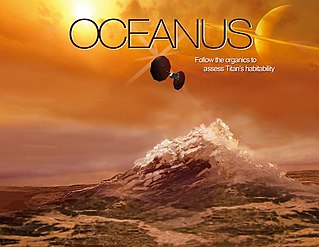
Oceanus is a NASA/JPL orbiter mission concept proposed in 2017 for the New Frontiers mission #4, but it was not selected for development. If selected at some future opportunity, Oceanus would travel to Saturn's moon Titan to assess its habitability. Studying Titan would help understand the early Earth and exoplanets which orbit other stars. The mission is named after Oceanus, the Greek god of oceans.
Mars Micro Orbiter (MMO) is a spacecraft mission concept that would place a small and inexpensive satellite in orbit around the planet Mars to study some aspects of the Mars atmosphere in visible and infrared wavelengths.



